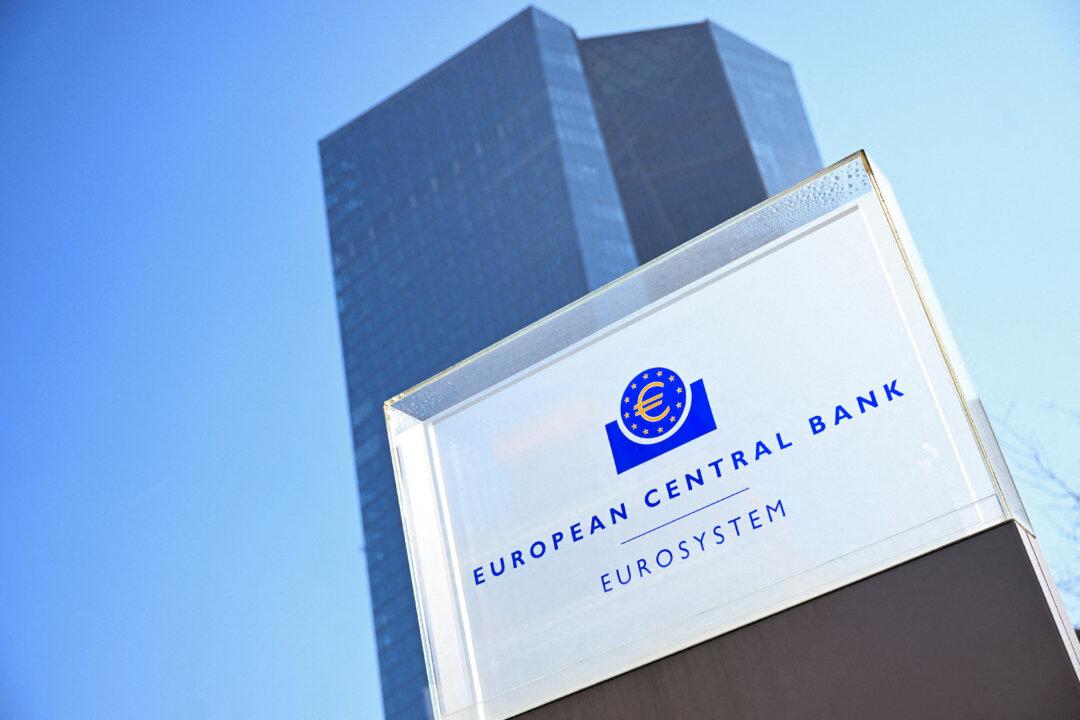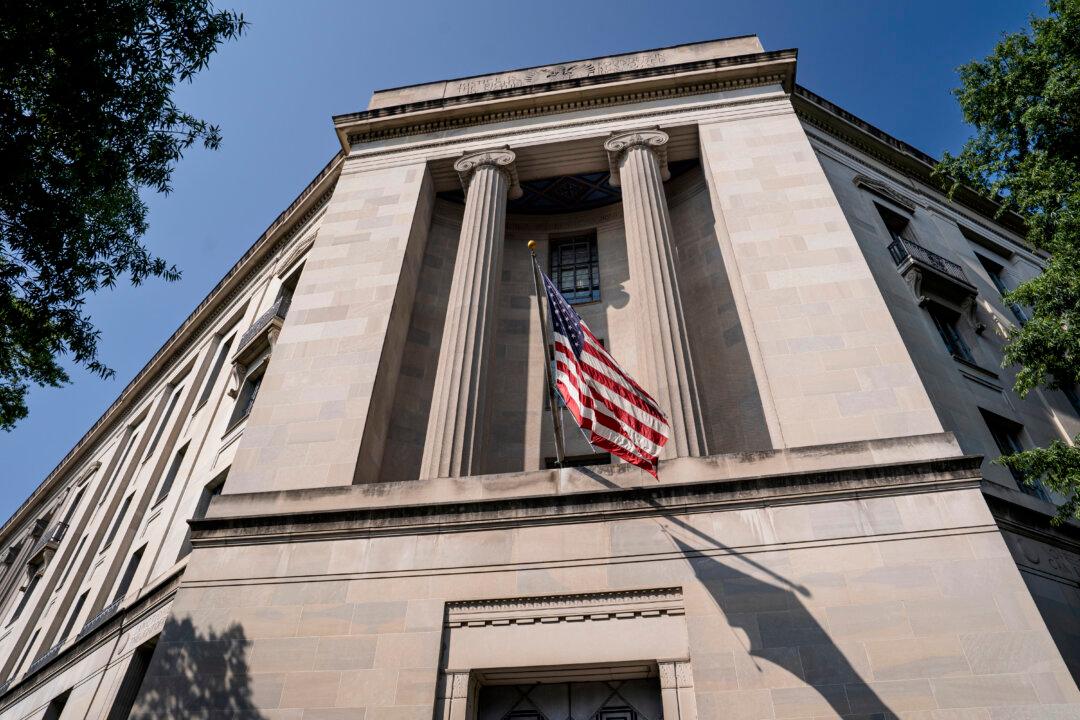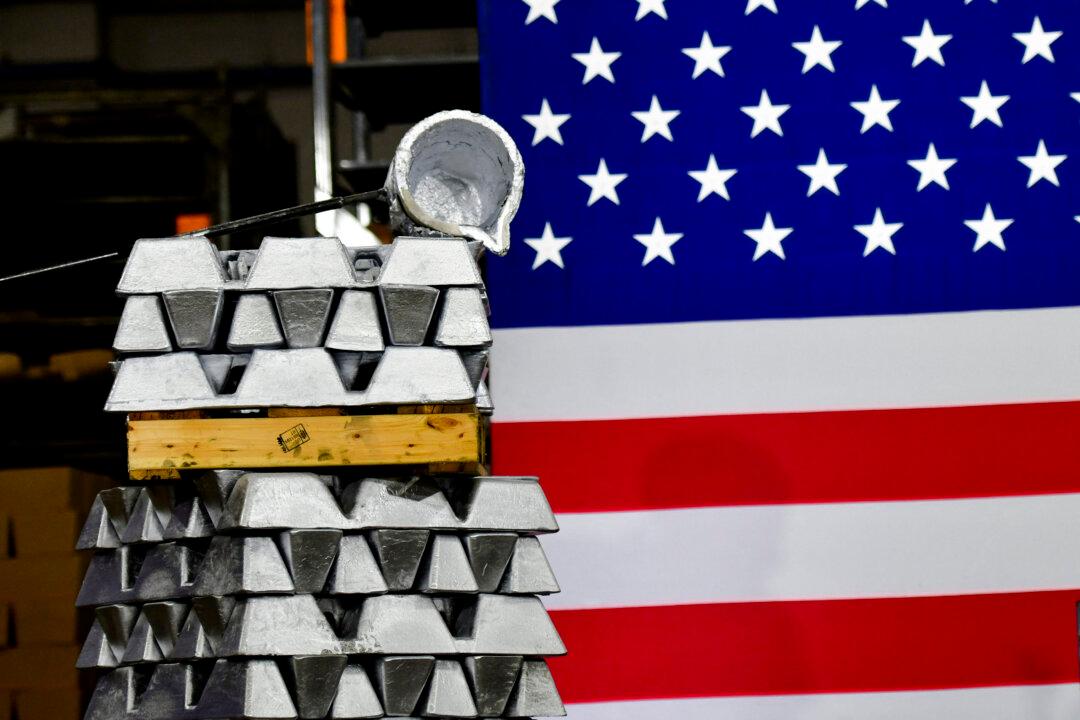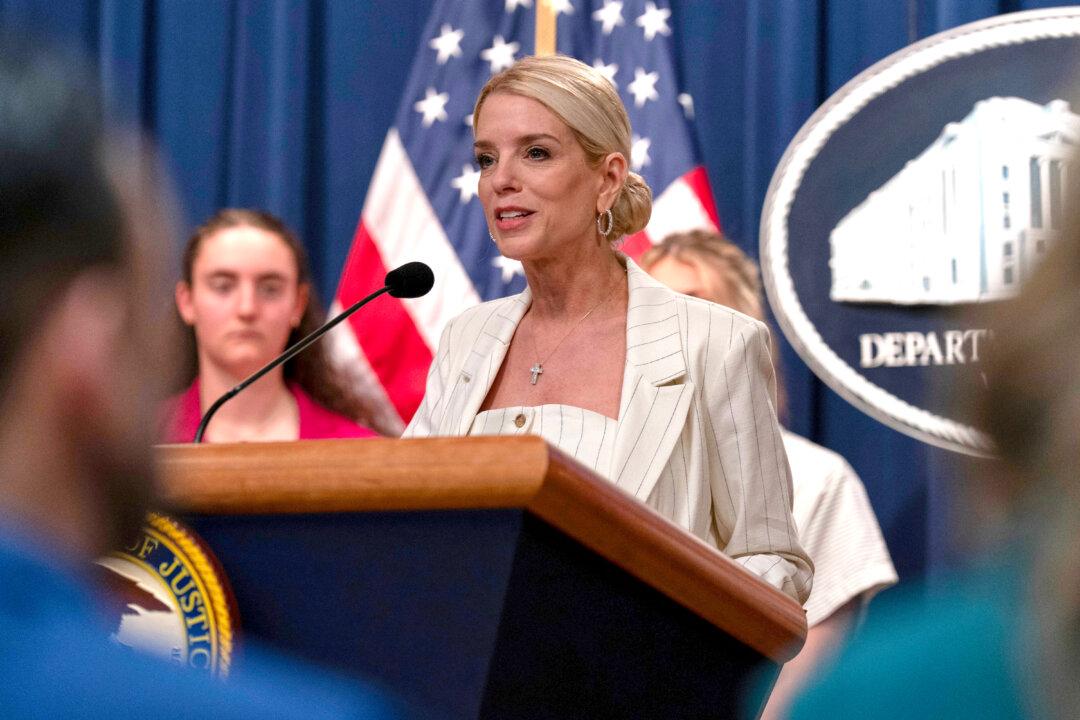President Donald Trump on Nov. 22 criticized the global climate pact that the United States exited during his administration and which Democratic presidential contender Joe Biden hopes to rejoin, as being designed not to save the planet but to undercut America’s economy.
Trump said in a video statement to the Group of 20 summit, hosted by Saudi Arabia, that the Paris Climate Agreement was “not designed to save the environment. It was designed to kill the American economy.”
“To protect American workers, I withdrew the United States from the unfair and one-sided Paris climate accord, a very unfair act for the United States,” Trump said from the White House, amid a discussion by world leaders on issues relating to environmental protection and climate change.
While the Trump administration announced its intent to withdraw from the climate deal in 2017, the complex rules of the treaty meant the United States didn’t formally exit the agreement until Nov. 4 of this year. The next day, Biden took to Twitter to announce his wish to lead efforts to rejoin the pact.
While Biden’s purported victory in the race for the White House has been called by many media outlets, it remains unclear whether Biden will indeed assume office in January as Trump’s legal team continues to challenge the results of the election.

Meanwhile, China, the world’s biggest greenhouse-gas emitter, pledged to do little more than have its carbon dioxide emissions peak in 2030.
Besides withdrawing from the Paris treaty, Trump has also sought to reverse many of the climate action policies of his predecessor, former President Barack Obama. This includes repealing in 2019 Obama’s signature Clean Power Plan (CPP), which aimed to cut U.S. power sector emissions by 32 percent below 2005 levels by 2030. Trump replaced it with the Affordable Clean Energy rule, which substantially reduced this target, although the Environmental Protection Agency (EPA) noted at the time that long-term industry trends would still reduce emissions by around 35 percent within the same time frame.
At the time, EPA Administrator Andrew Wheeler said the CPP “would have asked low- and middle-income Americans to bear the costs of the previous administration’s climate plan.”
“One analysis predicted double-digit electricity price increases in 40 states under the CPP,” Wheeler said.
Watts argued that the Paris treaty would have cost the United States about 2.7 million jobs by 2025, due to scaling back parts of industries.
“That would have been about 440,000 manufacturing jobs that we would have lost associated with that [Paris climate accord],” Watts said.
On the impact of American participation in the climate deal, Watts said that by 2030, the United States would see a 38 percent decrease in iron and steel production, a 31 percent decrease in natural gas production, and an 86 percent decrease in coal production.
He added that the projections indicated that the United States would see a loss of $3 trillion in gross domestic product (GDP) and 6.5 million jobs by 2040 in the industrial sector.
Watts added that existing data indicates that carbon dioxide emissions in the United States and the European Union have been generally constant or decreasing between 1970 and 2018, which he said was partly due to switching to natural gas and renewable energy.
Trump, in his G-20 address on Nov. 22, said that since withdrawing from the Paris pact, the United States has reduced carbon emissions more than any nation.
Agreed to by 189 signatory nations in December 2015, the Paris pact is an effort by the United Nations Framework Convention on Climate Change to address what it says is the urgent problem of rising temperatures caused by the burning of fossil fuels.
The pact aims to keep the increase in average temperatures worldwide “well below” 2 degrees Celsius (3.6 degrees Fahrenheit) and ideally no more than 1.5 C (2.7 F), compared with pre-industrial levels.





